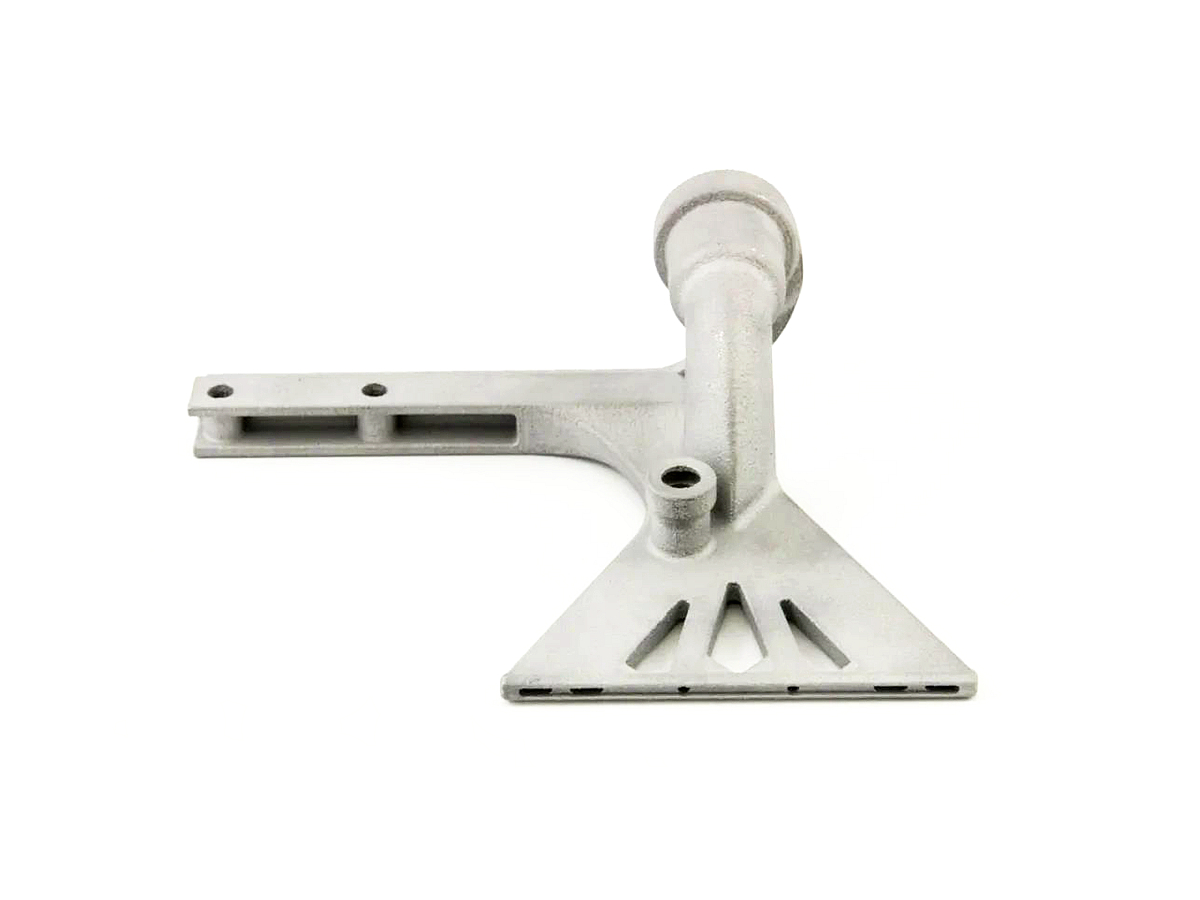Titanium 3D Printing Service: High-Strength Automotive Custom Lightweight Parts
Introduction
Titanium 3D printing services deliver custom lightweight components with outstanding strength and durability for the automotive industry. Using technologies like Selective Laser Melting (SLM) and Direct Metal Laser Sintering (DMLS), high-performance alloys such as Ti-6Al-4V (Grade 5) enable the production of automotive parts that offer a perfect balance of strength, fatigue resistance, and significant weight reduction.
Compared to traditional machining, titanium 3D printing accelerates manufacturing by up to 50%, reduces material waste, and facilitates the creation of optimized geometries that enhance vehicle performance.
Applicable Material Matrix
Material | Density (g/cm³) | Tensile Strength (MPa) | Yield Strength (MPa) | Elongation (%) | Automotive Suitability |
|---|---|---|---|---|---|
4.43 | 950 | 880 | 14% | Excellent | |
4.43 | 900 | 830 | 10% | Very Good | |
4.65 | 1100 | 1030 | 12% | Outstanding | |
4.46 | 860 | 795 | 18% | Good | |
4.65 | 980 | 930 | 12% | Excellent | |
4.51 | 344 | 275 | 20% | Moderate |
Material Selection Guide
Ti-6Al-4V (Grade 5): The most widely used titanium alloy in high-performance automotive parts, offering high strength, fatigue resistance, and lightweight benefits.
Ti-6Al-4V ELI (Grade 23): Recommended for parts requiring improved fracture toughness and excellent corrosion resistance.
Ti-6Al-2Sn-4Zr-6Mo: Ideal for engine components and high-stress structural parts subjected to elevated temperatures.
Ti-5Al-2.5Sn (Grade 6): Suitable for ductile, lightweight brackets and performance-critical applications requiring a balance between strength and flexibility.
Ti-6Al-2Sn-4Zr-2Mo: Best for turbocharger housings, exhaust systems, and other parts exposed to high mechanical and thermal loads.
CP-Ti Grade 2: Applied in non-critical, lightweight automotive components where corrosion resistance is a priority.
Process Performance Matrix
Attribute | Titanium 3D Printing Performance |
|---|---|
Dimensional Accuracy | ±0.05 mm |
Density | >99.8% |
Layer Thickness | 20–60 μm |
Surface Roughness | Ra 5–15 μm |
Minimum Feature Size | 0.3–0.5 mm |
Process Selection Guide
Lightweight Performance Enhancement: Titanium’s low density enables up to 40% weight reduction compared to traditional steel or aluminum components, improving vehicle efficiency and handling.
Superior Strength and Fatigue Resistance: Durability and performance are essential for suspension systems, drivetrain parts, and motorsport applications.
Complex Geometries: Supports lattice structures, hollow parts, and topology-optimized designs to maximize weight reduction without compromising strength.
Rapid Customization: On-demand 3D printing allows quick turnaround times for prototyping and custom production runs, accelerating innovation.
Case In-Depth Analysis: Titanium 3D Printed Ti-6Al-4V Motorsport Suspension Arms
A motorsport team required ultra-lightweight, high-strength suspension arms to enhance vehicle dynamics. Using our titanium 3D printing service with Ti-6Al-4V, we fabricated suspension arms achieving tensile strengths of 950 MPa and 35% weight savings compared to forged aluminum alternatives. The topology-optimized design further improved handling performance by 20%. Post-processing included CNC machining and anodizing to enhance fatigue resistance and durability under extreme operating conditions.
Industry Applications
Automotive and Motorsports
Suspension arms, knuckles, and hubs.
Lightweight connecting rods and pistons for racing engines.
Custom exhaust systems and turbocharger housings.
Structural brackets and reinforcement frames for electric and performance vehicles.
Aerospace and Aviation
Lightweight, high-strength aerospace brackets adapted for automotive performance components.
Industrial Machinery
High-strength, lightweight robotic arms and mechanical supports.
Mainstream 3D Printing Technology Types for Automotive Titanium Parts
Selective Laser Melting (SLM): High-density, high-precision titanium parts with fine geometrical features.
Direct Metal Laser Sintering (DMLS): Best for intricate, load-bearing automotive parts.
Electron Beam Melting (EBM): Suitable for larger, stress-resistant titanium automotive components.
Laser Metal Deposition (LMD): Ideal for repairing or reinforcing high-value titanium parts.
Binder Jetting: Useful for rapid prototyping of large automotive titanium parts before final production.
FAQs
What titanium alloys are best suited for 3D printed automotive parts?
How does titanium 3D printing improve vehicle performance compared to traditional manufacturing?
What are the main advantages of lightweight titanium suspension components?
What post-processing techniques enhance the performance of 3D printed automotive parts?
How fast can custom automotive titanium parts be prototyped using 3D printing?

